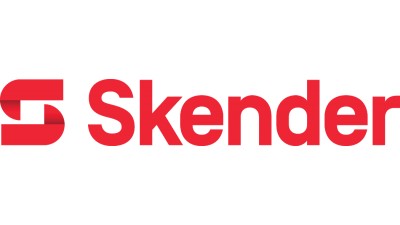Busting 5 Interior Construction Myths
Once a company signs a lease for a new office, interior build-outs offer a chance to personalize the space. Office design trends, rising construction costs and changing standards can make the process daunting.

“I think a lot of companies have some misconceptions and preconceived ideas about the process,” Skender Construction Vice President Clay Edwards said. “A lot has changed over the years within this construction space.”
Skender Construction identified five common interior build-out myths.
Myth No. 1: You can make up design plans as you go
Companies should work with their design team and general contractor simultaneously. Having a sophisticated builder on board early to collaborate with the architect and client will generate significant value by saving time and money.
Conducting build-outs on an ad hoc basis can lead to cost overruns and inconsistent designs that do not satisfy employee demands.
Myth No. 2: Costs for interior build-outs have not changed
Labor shortages nationwide and the rising cost of materials have not just affected building construction. Interior build-outs have also become more expensive.
Companies looking to attract new hires often opt for high-quality finishes, which can quickly eat into budgets. Skender worked with clients this year to manage build-outs ranging from $70/SF to $270/SF.
“We create reliable budgets using Target Value Design, which identifies the budget and project priorities early,” Edwards said. “By sharing a target budget early in the process, your project team will work in concert to align costs with the target budget and maximize project value.”
Union labor can double costs, and some buildings require that union labor be used. Prices also vary depending on the function. Medical offices or lab space will be pricier than standard office space due to the specialization of equipment.
Myth No. 3: Square foot per person 'rules of thumb' still apply

In 2017, North American offices will average 151 SF/worker, down from 225 SF/worker in 2010. Across certain industry groups, like law firms, reducing square footage per person is part of major cost-cutting initiatives.
Every space is different, and the right amount of usable office space depends on factors like industry type, company size and corporate culture, not on trends. Businesses should also account for projected growth. Paying attention to floor plans and layouts and relaying those concerns to the project team can help companies make the most of their available space.
Myth No. 4: Open office design always leads to more collaboration
Companies are knocking down private offices in favor of open floor plans. While heralded as a design that supports spontaneous conversation, some employees have fought back against the lack of privacy and choice when the open office is not balanced with enough private rooms and independent work areas.
Rather than hop on the bandwagon, companies should carefully think through the open office concept with their project team to find a solution that complements their corporate culture, Edwards said.
Incorporating a mix of communal spaces like kitchens, team spaces and lounges into an office design gives employees a choice in where and how they work, which in turn improves productivity and team engagement.
Myth No. 5: Sustainable design is costly and a marketing tool
Companies and their employees have taken greater stock in sustainability. While standards like LEED certification and Energy Star are strong indicators of a business' commitment to sustainability, application costs can quickly add up. Businesses can take more cost-effective steps to incorporating sustainable office design. Incorporating recycled or refurbished furniture into interior office design cuts costs and avoids wasting resources.
Modern building codes encourage companies to design and build more sustainably. Companies can also opt for office designs that take advantage of natural light, cutting down on their dependence on artificial lighting while promoting wellness in the workplace.
To learn more about this Bisnow content partner, click here.

